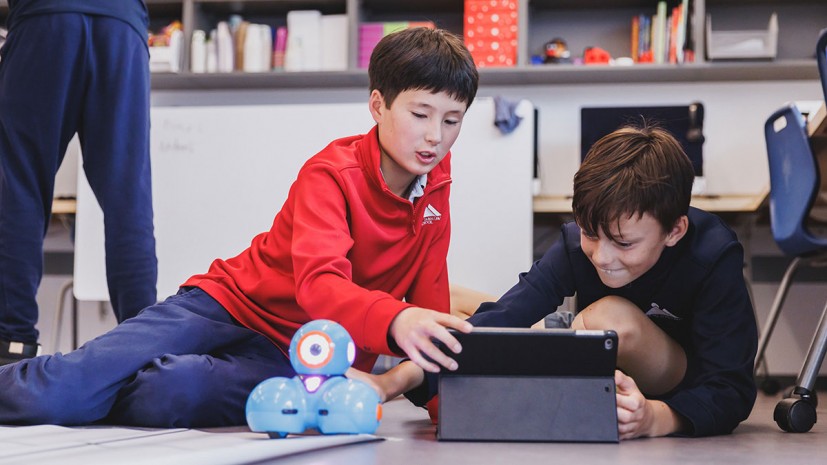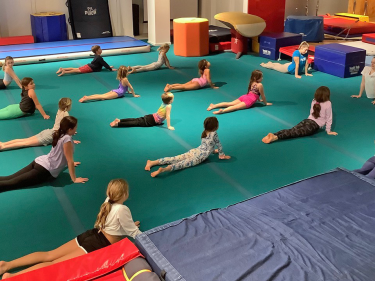A Focus on Digital Well-Being at Mount Tamalpais School

Marin Mommies presents a sponsored article from Mount Tamalpais School in Mill Valley.
Understanding and using technology is imperative in the modern world. At Mount Tamalpais School we recognize its benefits and the myriad challenges and concerns with the frequency and use of technology by our youth. This year, under the leadership of Head of School, Andrew Davis, MTS is emphasizing digital well-being to support students and families in developing a productive, intentional, and healthy relationship with technology both on and off campus. The Surgeon General's Advisory on Social Media and Youth Mental Health, along with countless news stories and the lived experiences of our families, regularly reinforce the need to help our children develop a healthy relationship with technology.
Most children love their devices. Many of us love our devices. Limiting access and use with our children, while often creating pushback and conflict, is a necessary, normal, and healthy part of parenting. As much as children resist limits, they also need those limits to feel safe and secure. Mount Tamalpais School came up with family technology guidelines that are meant to provide a reference to help families develop and follow rules that align with our community norms. The guidelines aim to support MTS families in navigating technology use at home and off campus, providing a shared community norm, and kickstarting home conversations with students.

The school is hosting parent education and family events during three Digital Well-Being Weeks over the course of the school year. Dr. Delaney Rushton, author of Parenting in the Screen Age and the maker of the “Screenagers” movies MTS families watched together, emphasizes the importance of regular dialogue between parents/guardians and children. Each chapter of her book ends with “Ideas for Conversation Starters.” She recommends having regular family conversations about the good and bad of technology; per her suggestions, to be most effective, we- the adults- should seek to understand the positive uses and experiences of technology, not just the bad.

To that end, before limiting your child’s tech access, consider how you are a role model for healthy, productive, and intentional tech use. Ask your child, “Is there anything about my screen time you want me to try to change?” Doing so tells our children that we are all in this together, working – sometimes struggling – to reap the benefits of our digital world without succumbing to more pernicious effects. Our children like to know that it is not a “them” problem, but an “us” problem.
For those with older students, the recent NY Times article “Adults Are Panicked About Teens and Social Media. These Girls Have Advice” is a great resource to inspire conversation. Start with thinking about and discussing what we as adults are doing wrong. This can help create more space for teens or tweens to discuss what they could be doing differently. To read more about the technology program at Mount Tamalpais School and to find more resources about digital well-being and technology guidelines, visit our website technology page.







